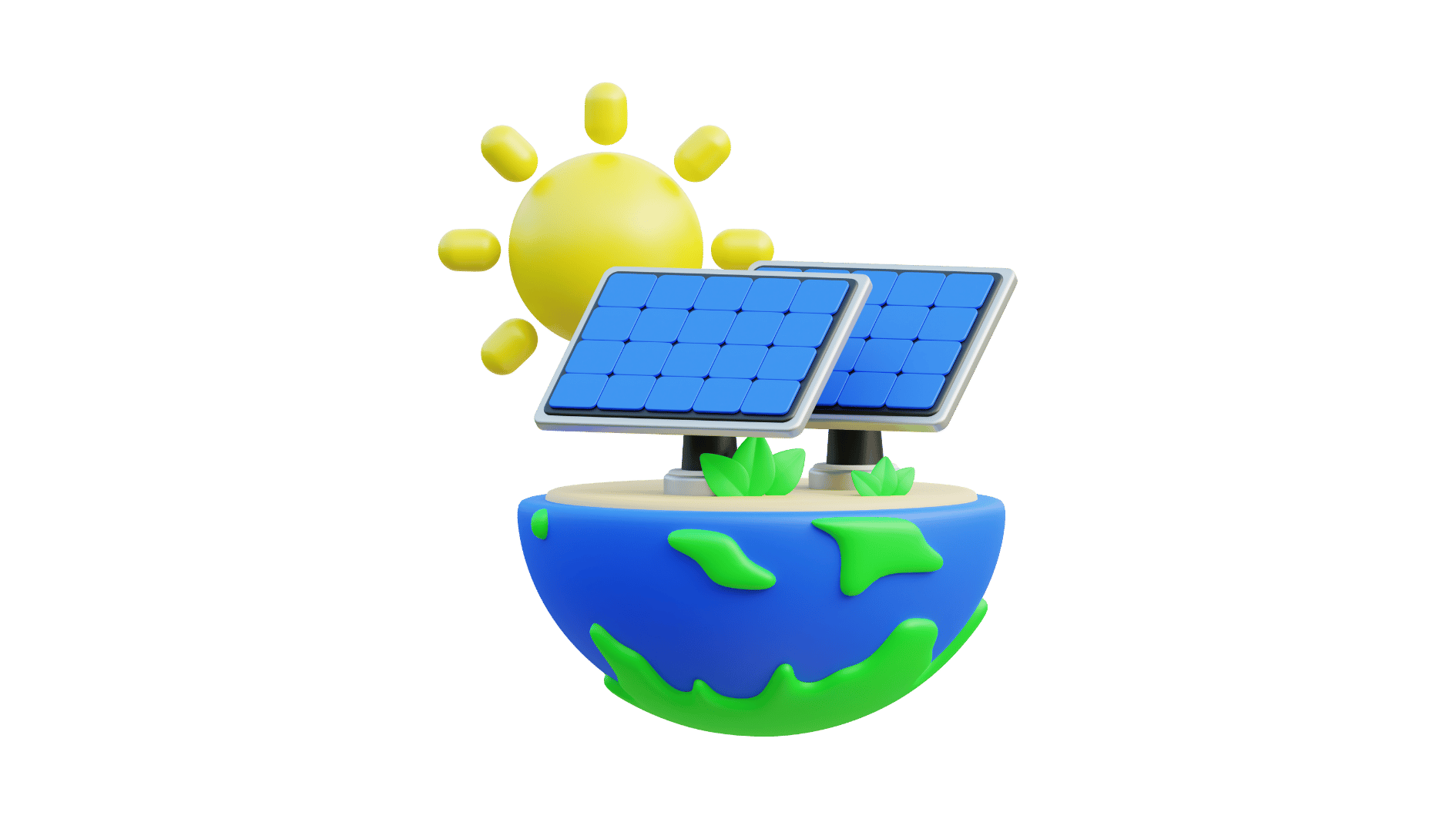Back to: Solar for All: A Comprehensive Guide
While the specific criteria may vary by location, general requirements include:
Income Limits
Households typically need to fall within a low- to moderate-income bracket, as defined by local or federal guidelines.
Location
Eligibility may depend on living in designated areas or within specific utility service territories.
Energy Usage
Some programs prioritize households with higher energy burdens (a larger percentage of income spent on energy costs).
Property Type
Homeowners and renters may qualify, but renters need landlord approval.
How to Participate

Research Local Programs
Solar for All is implemented differently across states and regions. Begin by exploring your state’s energy department or utility company’s website for program details.

Determine Eligibility
Review the income and location requirements for the program in your area. Some states have online tools to help you determine your eligibility.

Apply for the Program
Complete an application form online or through a program administrator. Be prepared to provide proof of income, residency, and energy usage.

Schedule a Site Assessment
If your application is approved, a professional will evaluate your property’s solar potential. This may include an analysis of roof condition, sun exposure, and energy needs.

Install and Save
Once approved, solar panels are installed on your property or you’re enrolled in a community solar program. Begin enjoying the benefits of lower energy costs and clean power.




